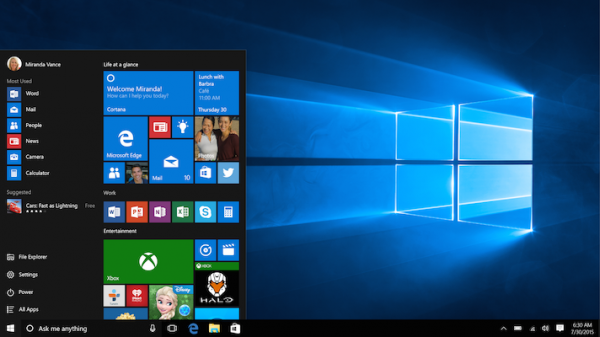
HP has rolled out a slew of services to help businesses move to Windows 10, which touts new enterprise capabilities around security, management and deployment of applications.
With HP’s Test Drive Services for Windows 10, for example, enterprises will be able to test the new OS with a small group of users to evaluate the new user experience, capabilities and any incompatibilities, ahead of a full-fledged migration.
HP will also provide services to migrate user data and settings to ensure test users get the core apps they need on their new Windows 10 PC or tablet. This helps IT departments gain valuable experience with the new OS without large investments and risks that comes with any IT migration.
To help businesses delve deeper into the enterprise capabilities of Windows 10, HP is also offering its Roadmap Service for Windows 10, a workshop-based advisory service that will help businesses chart their Windows 10 implementation roadmap, focusing on productivity, security and manageability improvements.
The new Edge browser in Windows 10 marks the slow demise of Internet Explorer (IE). Companies with older Web applications built to work with IE11 can consider HP’s WebApp Accelerator Service for IE11.
The implementation and migration service will ensure critical Web applications built for older versions of IE will continue to function effectively in the latest browsers and operating systems.
And finally, HP Transformation Services for Windows 10 is meant for those who need all the help they need with their Windows 10 migrations.
The full suite of services will help organisations build and integrate supporting infrastructure, migrate their applications, build images of the new OS, plus manage their Windows 10 rollout.
According to Stephen Kleynhans, research vice president at Gartner, the migration to Windows 10 is expected to be easier as compared to migrations from Windows XP to Windows 7.
He said apart from minor issues with security tools like virtual private networks or encryption drivers, most organisations will find minimal or no compatibility issues, thus slashing the preparation time – including piloting – to under six months.






